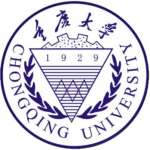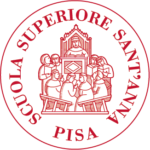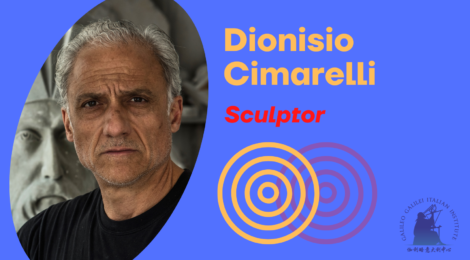
Circle of Friends – Interview with Dionisio Cimarelli
Dionisio Cimarelli is an internationally recognized Italian sculptor renowned for his works in marble, porcelain, bronze, ceramic and wood. He studied sculpture at the Academy of Fine Arts in Carrara and further expanded his training in South Tyrol, Russia, and the Czech Republic.
Cimarelli has exhibited at prestigious venues across Europe, Asia, and the United States, including Expo 2010 in Shanghai and the Italy Pavilion at the Venice Biennale. He also contributed to major restoration projects, such as the external sculptures of the Louvre Museum in Paris. Among his most celebrated works is the sculpture of Matteo Ricci, a symbol of cultural dialogue between East and West.
Enjoy his story with us today!
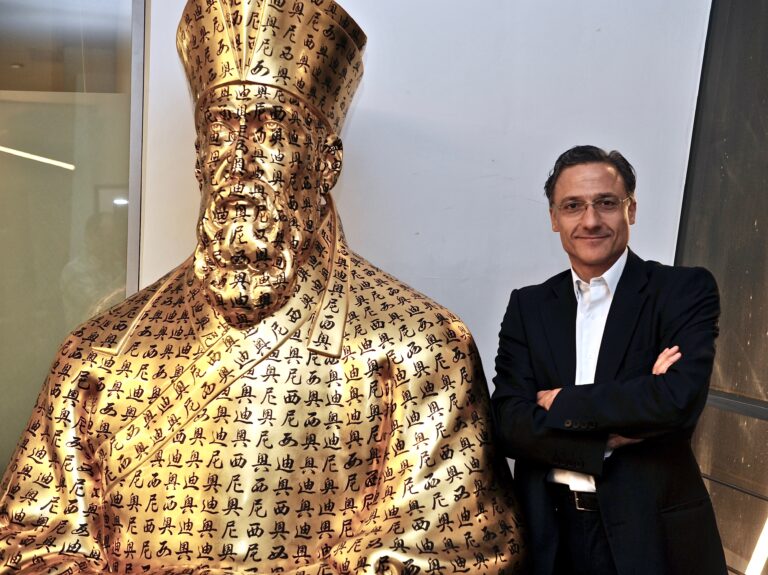
Matteo Ricci Sculpture, Shanghai World Expo 2010, China
Personal relationship with China
How did your experience with China begin? Was it a casual encounter, related to your work, for pleasure?
My first experience with China began in 1986, when I was a third-year student at the Academy of Fine Arts in Carrara. I had already been studying Chinese culture and, in particular, Chinese art on my own for several years. Driven by a deep curiosity and academic interest, I left Italy and traveled to China via the Trans-Siberian Railway. I spent about four months journeying through the country, exploring many of its provinces, including remote and lesser-known areas at the time such as Xishuangbanna in Yunnan and Wudangshan, gathering material and inspiration for what would eventually become my graduation thesis.
How has your relationship with China evolved over time?
That first journey to China had a profound impact on both my personality and my artistic research. Even in those early years the influence of Chinese culture became visible in my work, both in sculpture and in drawing, as I began to experiment with techniques, forms and concepts inspired by China. This influence remained present in the years that followed and continued to shape my artistic path in a lasting and meaningful way.
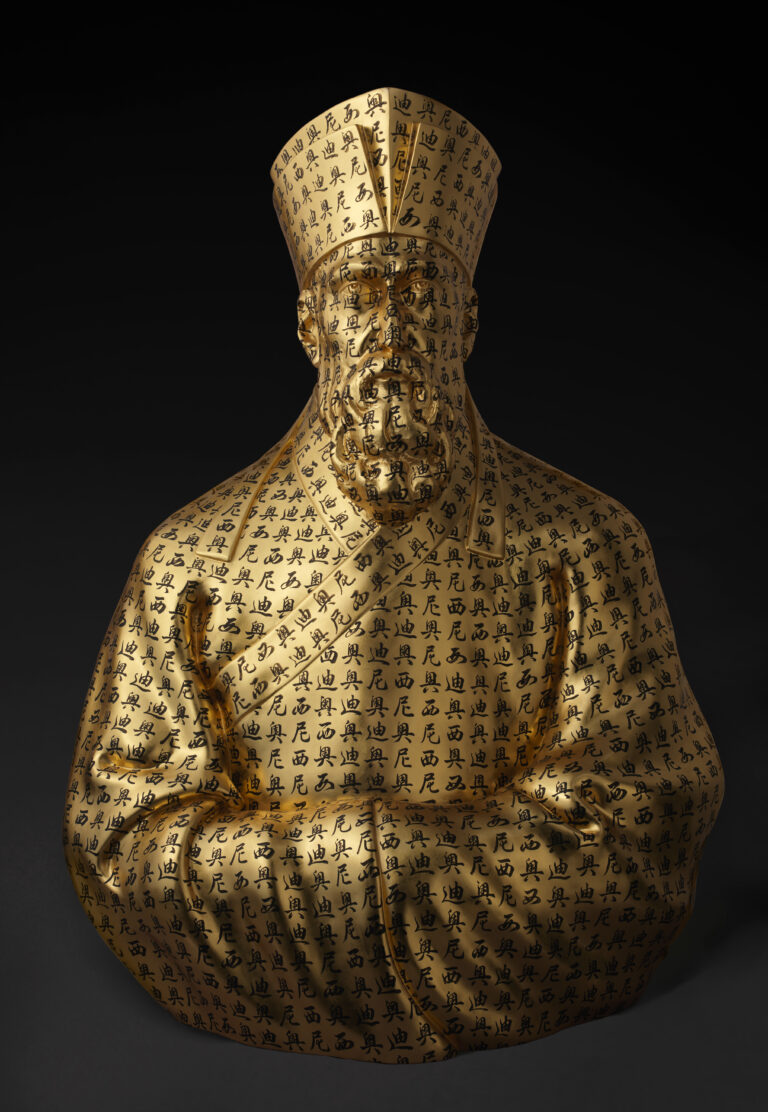
Matteo Ricci, 2010, Gilded fiberglass with 24K gold leaf and calligraphy, H. 150 cm / 59”
What has your personal experience in this beautiful country taught you?
My experience in China has taught me the value of cultural openness and the importance of observing the world through different lenses. Despite the distance between China and Italy, I discovered many cultural affinities that helped me connect deeply with the people and their way of life. The language was sometimes a barrier, but never an obstacle to understanding or appreciation. When I first arrived in 1986, China was still untouched by the economic boom, and I encountered a society rooted in tradition and simplicity. This contrast with Europe gave me a broader perspective on life and inspired a more introspective and essential approach to my artistic practice.
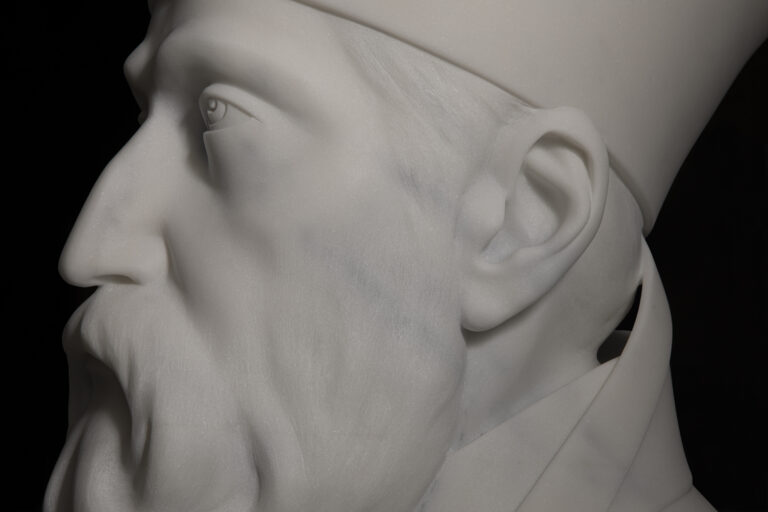
Matteo Ricci sculpture, side detail, 2021, Carrara marble, H. 150 cm / 59”
Work Experience
Tell us about your work experience in China. What was your role and what are the main results you achieved over the years?
I would first like to say that after my initial journey in 1986, I returned to China in 2004 following an invitation from a Chinese writer friend. She was presenting her new book in Beijing, and one of the chapters was dedicated to me. Curious and eager to see China again after so many years, and having read and heard about the country’s tremendous development, I accepted the invitation without hesitation. What I found upon my return was a completely transformed country. The growth, energy and momentum of that time left me deeply impressed. I began by giving lectures at various universities in Beijing, and soon after visited Shanghai, which immediately captivated me.
What was supposed to be a short visit turned into nearly nine years of living and working in China. I saw many professional opportunities, although not always easy to achieve. However, the environment was extremely stimulating, both intellectually and creatively. During those years I developed strong collaborations with art institutions, participated in major exhibitions, and contributed to academic and cultural exchanges between China and Europe. These experiences significantly enriched both my professional and artistic journey.
How important is it to know the local culture and language in cooperation and work activities with China in your opinion?
As I mentioned earlier, language is fundamental because it is not only a tool for communication but also an essential part of the culture itself. In my early years, I mistakenly believed that learning Mandarin was not so important. However, after some time I realized how crucial it was, and I began studying it on my own every day for about two years. This included learning Chinese characters, which I also used as cultural and aesthetic elements on the surface of the sculptures I created in China.
How has China changed since its early years from the point of view of business in its specific sector? What are the differences that have most affected you, both positively and negatively?
Since my first visit to China in 1986 and later, before I moved to the United States, the country has undergone a profound transformation. It is almost difficult to describe to those who have not experienced both periods as I did. I consider myself fortunate to have witnessed this historical, perhaps even epochal, shift firsthand. Between 2007 and 2010 I lived through what I would call extraordinary years, marked by an intense energy, optimism and a general sense of joy throughout the country. Many regions were emerging from poverty, and there was a strong sense of renewal. At the same time, I noticed a rapid process of Westernization, which for me was more complex to appreciate. In some cases, it seemed that traditional culture and identity were being overshadowed by external models, particularly those from the West. I occasionally shared these reflections during my lectures and interviews, although at the time they were not always fully perceived. With time, however, I observed that many people in China also began to reflect on these dynamics.
I still remember the first time I watched a calligrapher brush Chinese characters onto paper. The elegance and quiet intensity of the movement left a lasting impression on me. Equally powerful was the image of people writing ideograms with water on the pavement, fully aware that their words would disappear within moments. Those gestures revealed something essential about Chinese aesthetics and philosophy, where presence and impermanence coexist. This sensibility continues to influence how I reflect on artistic practice and cultural transformation.
As for your current projects, what are the main ones? And your future goals? Will they cross paths with the “Dragon” again?
Although I have spent the past twelve years in the United States, first in California and later as a faculty member in New York, my connection with China has remained consistently active.
Over the years I have continued to engage in cultural exchange, including collaborations with Chinese media. For the past three years I have had the honor of serving on the jury for the International Illustration Exhibition organized by China Daily, a project that reflects my ongoing interest in intercultural artistic dialogue.
In the coming months I will return to China to complete the final phase of my marble sculpture dedicated to Matteo Ricci, who remains one of the finest examples of dialogue between East and West, even more so today, and who has been a source of inspiration for me from the very beginning, as we both come from the same region, Le Marche. Returning to China after more than a decade will undoubtedly be an emotional moment. I expect to find a country that has changed in many ways, but whose cultural vitality remains strong.
China continues to represent an essential chapter in both my personal and artistic journey. I hope to keep offering a meaningful contribution to its cultural landscape as an Italian artist with a multicultural sensibility.
How important is the role of technology in your business? From this point of view, working with China have you been able to learn new techniques and have you been impressed by some local innovations?
I come from a very strong tradition, rooted in the Italian and European school of sculpture. When I began working in China, technology had not yet made its way into the art world as it has in more recent years. What I found instead was the opportunity to study and learn certain traditional Chinese techniques that were entirely new to me, such as porcelain. Although I come from a culture with a long history of ceramic and majolica production, my experience in Jingdezhen, where I worked for about two years, allowed me to immerse myself in a very different and refined artistic environment. In my work, I sought to integrate and merge my heritage with the local culture, creating pieces that reflect both Italian and Chinese identities in a personal way. I remain open to new technologies, always considering them as tools rather than ends in themselves. We will see whether my next journey to China will open the door to further developments in this direction.
Why does being in China make sense for an Italian artist?
Does it still make sense in your opinion to focus on the Chinese market for an artist and what are the opportunities that China can still potentially reserve for Italian artists? I believe that China has reached an economic and cultural level that allows it to actively collect international art, including works by Italian artists. This creates a remarkable opportunity for both artists and Chinese collectors to grow, not only through acquisitions but also through genuine cultural exchange. And by exchange, I mean more than just exposure. I mean mutual understanding and learning from one another. In recent times we have seen a trend toward economic closure in certain parts of the world, and such tendencies could easily lead to cultural isolation. That, in my opinion, would be a serious loss, because the greatest achievements, both artistic and intellectual, have always emerged during periods of openness and dialogue between cultures. History has shown this time and again.
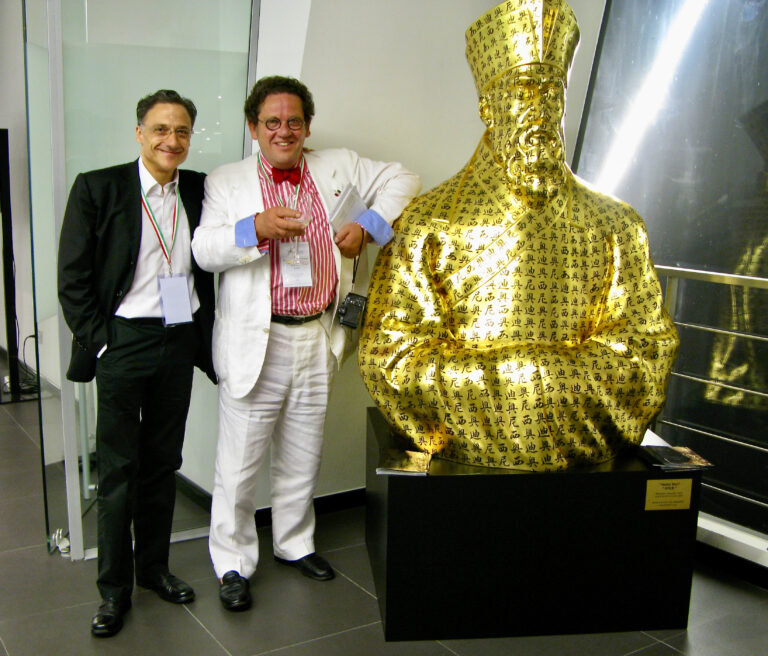
Dionisio Cimarelli with Philippe Daverio next to the Matteo Ricci sculpture, 2010 Shanghai World Expo 2010, China
Have you ever been to Chongqing or had the opportunity to work with colleagues/companies in the Municipality?
I have not yet had the opportunity to visit Chongqing, this vast and dynamic city. However, I have always been very interested in its unique cultural and geographical identity, and I would certainly welcome the chance to collaborate with professionals from the city in the future. Perhaps this interview will serve as a first step toward building new connections and opening the door to meaningful artistic and cultural exchange.
How can Galileo and Sant’Anna in Chongqing potentially be useful to your activities in and with China?
It has been a great pleasure to take part in this meaningful interview with the Galilei Institute and Sant’Anna School, one of the most prestigious academic institutions in Italy. I believe there is significant potential for collaboration, beginning perhaps with a lecture or masterclass, and possibly developing into a broader partnership that explores the intersection of art and technology. Given the Sant’Anna School’s outstanding reputation in scientific research and innovation, such collaboration could enrich both academic and artistic perspectives. Moreover, this kind of partnership could represent a valuable contribution to the broader cultural relationship between Italy and China, reflecting our shared appreciation for this great country. I remain fully open and available to create something truly meaningful together, and I look forward to the opportunity to continue this dialogue in person.
Interview by Marco Bonaglia


